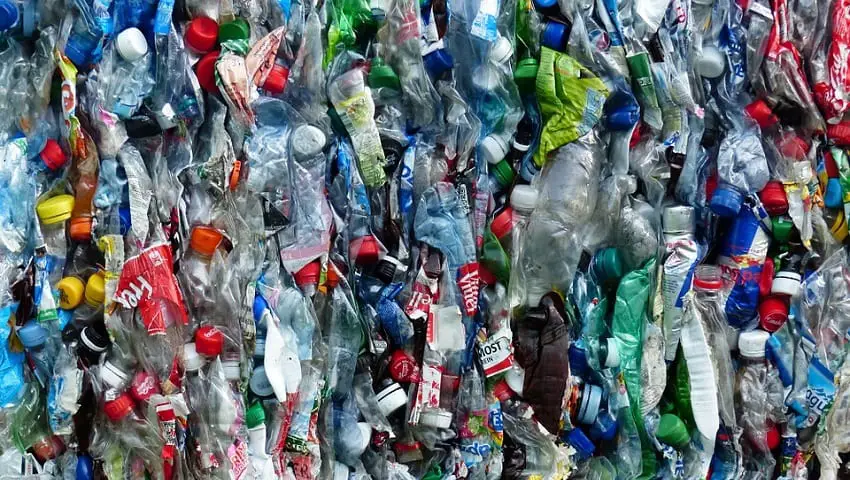
Hydrogen fuel study reveals new hydrogen production process
January 11, 2019US researchers have discovered a new process that converts water into hydrogen fuel utilizing the sun’s energy.
A recent hydrogen fuel study conducted by scientists from the US Department of Energy’s Argonne National Laboratory has led to the discovery of a new process that combines two membrane-bound protein complexes to perform a full conversion of water molecules to hydrogen and oxygen, using energy from the sun.
The new process uses two protein complexes.
The researcher’s work is built on a previous study that analyzed one of the protein complexes known as Photosystem I. This membrane protein is capable of using energy from light to feed electrons to an inorganic catalyst that produces hydrogen. That said, this part of the reaction represents only half of the overall process that is reportedly required for hydrogen production.
In their hydrogen fuel study, the scientists used a second protein complex that splits water and takes electrons from it by using energy from light. This has been called Photosystem II. Using Photosystem II, the researchers were able to take electrons from water and deliver them to Photosystem I.
The two protein complexes are embedded in thylakoid membranes, such as those membranes that are found within the oxygen-creating chloroplasts in higher plants.
“The membrane, which we have taken directly from nature, is essential for pairing the two photosystems,” said Argonne chemist Lisa Utschig, reported EurekAlert! “It structurally supports both of them simultaneously and provides a direct pathway for inter-protein electron transfer, but doesn’t impede catalyst binding to Photosystem I.”
They hydrogen fuel study also used alternative catalysts to platinum.
In this study, the researchers used cobalt or nickel-containing catalysts over platinum, which had been used in the earlier study. Using these catalysts instead of platinum could cut down on costs, another potential benefit linked to their hydrogen production discovery.
The next step of the hydrogen fuel study, according to Utschig, will involve incorporating the membrane-bound Z- scheme – the technical term for the light-activated electron transport chain of natural photosynthesis that take place in the thylakoid membrane – into a living system. Utschig believes that once the process occurs in a living organism the researchers will “really be able to see the rubber hitting the road in terms of hydrogen production.”
scheme – the technical term for the light-activated electron transport chain of natural photosynthesis that take place in the thylakoid membrane – into a living system. Utschig believes that once the process occurs in a living organism the researchers will “really be able to see the rubber hitting the road in terms of hydrogen production.”



 HFN News is your leading source for fresh hydrogen and renewable energy updates. Amid the fast-paced growth of hydrogen companies, we provide top-notch news and insights about this exciting sector. Our coverage spans from hydrogen cars to global sustainable initiatives, and we highlight the latest in green jobs and developing hydrogen hubs. We invite you to share your local hydrogen news and explore today’s renewable energy job listings on our site. Thanks for choosing HFN News as your trusted guide to the hydrogen and renewable energy world!
HFN News is your leading source for fresh hydrogen and renewable energy updates. Amid the fast-paced growth of hydrogen companies, we provide top-notch news and insights about this exciting sector. Our coverage spans from hydrogen cars to global sustainable initiatives, and we highlight the latest in green jobs and developing hydrogen hubs. We invite you to share your local hydrogen news and explore today’s renewable energy job listings on our site. Thanks for choosing HFN News as your trusted guide to the hydrogen and renewable energy world!